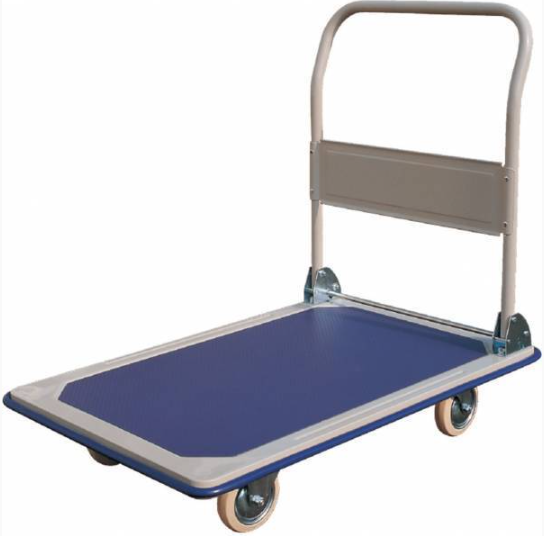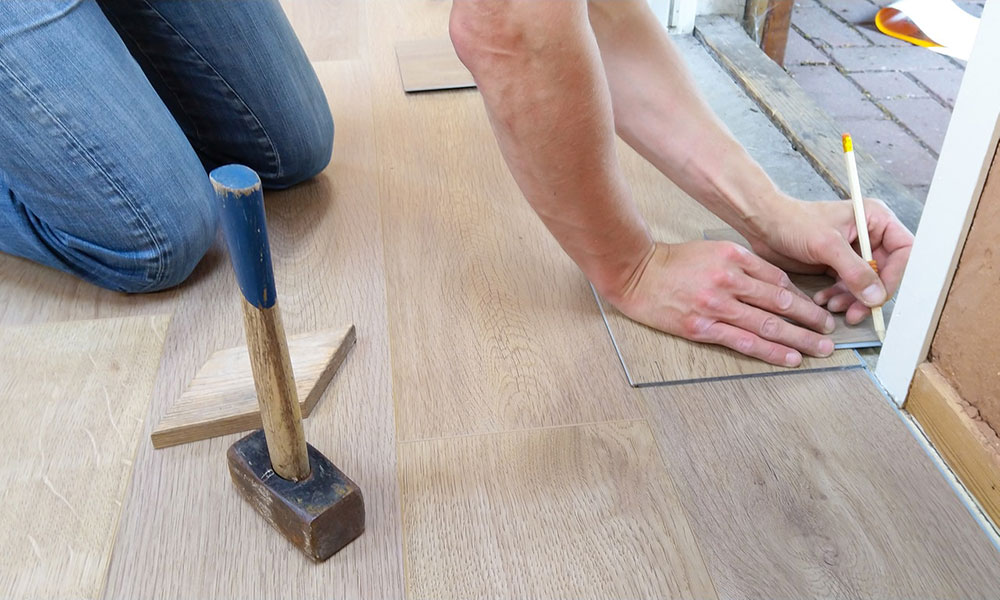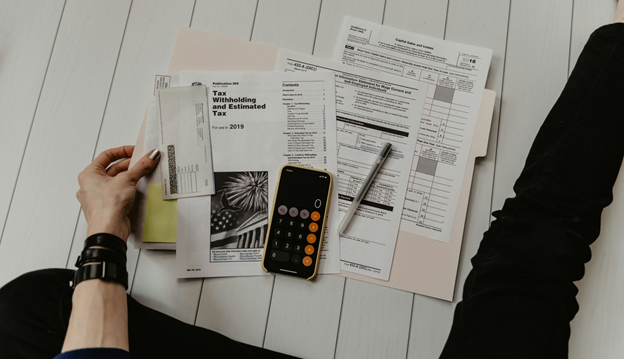People and business bodies can utilize bankruptcy to get rid of or restructure some debts. An individual or business can declare bankruptcy as frequently as every eight years. There are two fundamental types of bankruptcy: reorganization and liquidation. Most debts are completely discharged in a Chapter 7 liquidation bankruptcy, which is filed. Typically, a Chapter 11 bankruptcy or a Chapter 13 bankruptcy is used to file for a restructuring. Usually, the result is a plan to return all or part of the debt. Most homeowners who wish to discharge their obligations do so by filing for Chapter 7 bankruptcy. Make sure you get in touch with flagstaff hoa management companies.
Post- Pre-petition, and debts
Pre-petition liabilities are those that were owed before the bankruptcy petition was filed. Debts that surfaced after the petition was filed are known as post-petition debts.
For instance, if a homeowner has evaluation arrears dating back to January 1 and declares bankruptcy on June 30, all assessments from January 1 to June 30 are considered pre-petition debt, while reviews beginning on July 1 are regarded as post-petition debt. Although the bankruptcy will probably eliminate the homeowner’s liability for the pre-petition debts, the homeowner will still be held liable for such July 1 and any future evaluations for as much as the person retains the property. The Association’s efforts to collect assessments due on July 1 and after the stay expires are unaffected by the bankruptcy.
Petition submission
Any collection activities are immediately halted after filing a bankruptcy petition, regardless of the selected type. This would include any ongoing legal actions against the bankruptcy petitioner or HOA collection efforts.
The stay prevents the court from issuing the foreclosure judgment when the homeowner declares bankruptcy, for instance, if the Organization is about to receive a foreclosure verdict against the homeowner. The stay halts all collection attempts, including phone calls, demand letters for payment, lawsuits for foreclosure or monetary judgments, and foreclosure proceedings. The Association may ask the bankruptcy court to lift the stay if doing so will harm the Association. Only once the stay is removed, or the lawsuit is dropped and ended can the association begin collecting on pre-petition obligations. For post-petition debts, collection efforts might still be made.
The Association might not be helpless if the homeowner declares Chapter 7 bankruptcy and aims to eliminate all of his debts. In most cases, an association owner is directly responsible for paying assessments. The excellent news for the Association in Chapter 7 proceedings is that only the owner’s personal obligation is discharged if the debtor gets a discharge on that debt. The pre-petition sums continue to be subject to the Association’s lien, and the Association may continue to foreclose on the sums.













